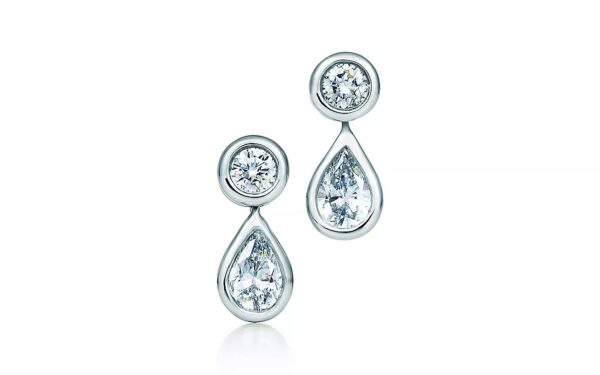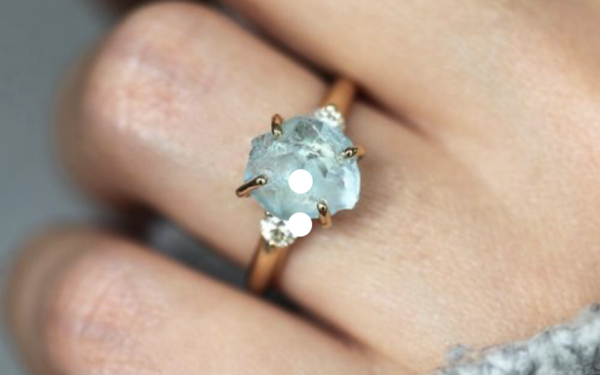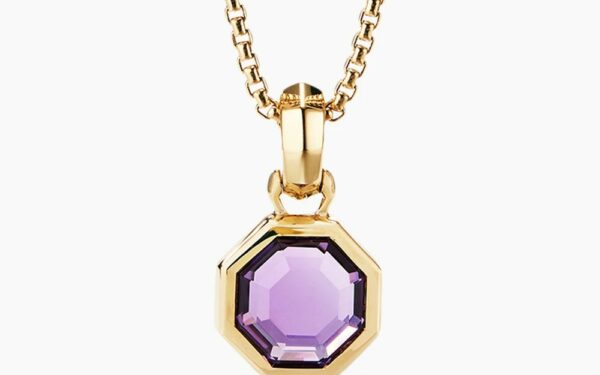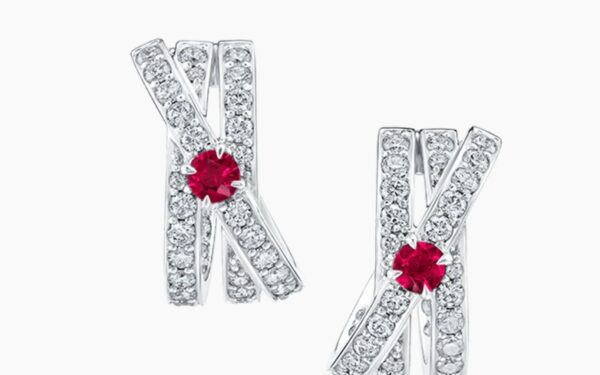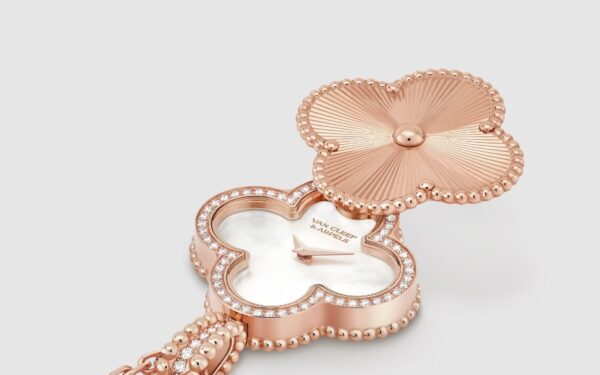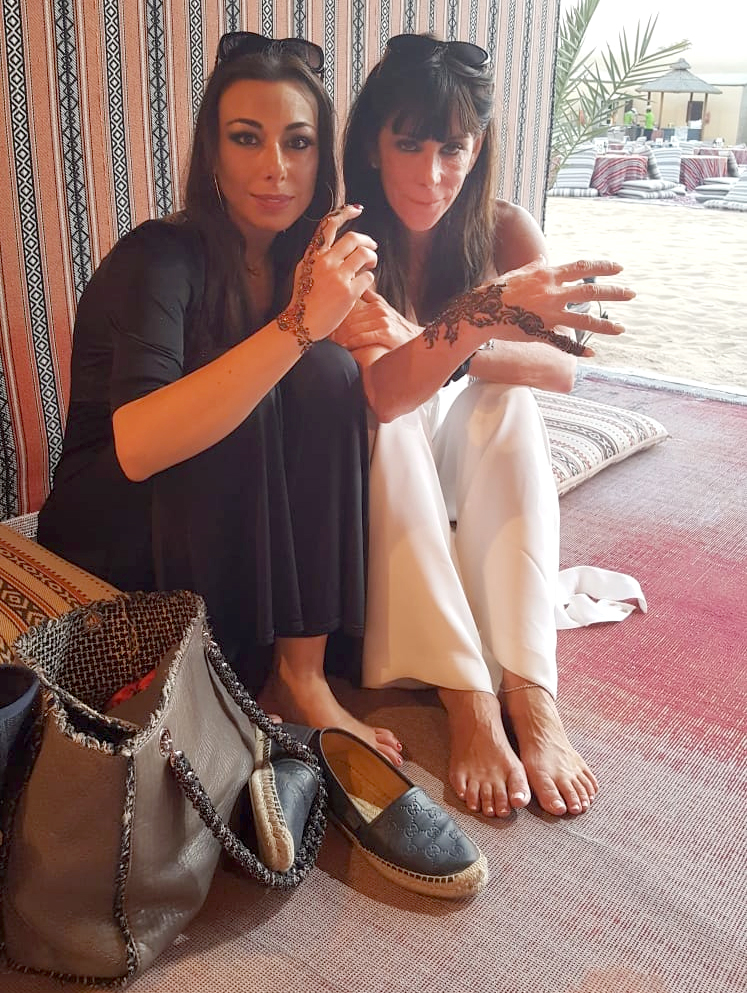The Enduring Allure of Pearls

“A woman needs ropes and ropes of pearls,” Coco Chanel famously declared. And the iconic designer was not one whose fashion decrees were to be ignored. Often given as a gift for a significant life event, whether a wedding, the birth of a child, or an anniversary, a strand of pearls is synonymous with purity, protection, and preciousness. In their unassuming beauty and sometimes subtle appearance, whether stranded or alone, the very origin of the jewel is shrouded in history and mystery. Here are a few interesting bits of information regarding the illustrious pearl.

Pearls are closely tied to a bride on her wedding day. White in color, and pure in perfect form, the gem seems to mirror the very virtues a bride is expected to uphold on her wedding day. One of the very first documentations of the priceless piece comes from the story of Krisha, the Hindu deity who presented his daughter Pandaia with a pearl on her wedding day. It was gifted to her as a symbol of love, purity, and everlasting unity. Hindu folklore further believes that pearls are dewdrops that fell from the sky and into the sea during the night.
The ancient Greeks also believed in wearing pearls on a wedding day. Greek mythology teaches that pearls were the tears of the goddess Aphrodite. They theorized that the goddess of love was draped in pearls, or Aphrodite’s tears when she was born in the ocean. The Greeks were the first to wear strands of pearls as jewelry. They believed that wearing a pearl necklace would prevent a bride from crying on her wedding day, as she was already shrouded in a ring of tears around her neck.

Egyptians treasured the pearl so much that they buried their loved ones surrounded by pearls. Cleopatra, the iconic Egyptian ruler, allowed the gem to play an integral role in proving the power and wealth of her nation with what she proclaimed would be the most expensive dinner in history. As she sat across the Roman ruler Marc Antony, she supposedly took one of her pearl earrings, crushed it, dissolved it in a glass of wine, and drank until the glass was empty, pearl and all. Marc Antony was presented with a matching pearl on his dinner plate, which he too was supposed to consume. He admitted defeat and declined the meal. Egypt’s power and fortune were not to be denied with Cleopatra’s bold move.

Perhaps the most famous pearl in history is the Le Peregrina. In Spanish, this translates to “the incomparable.” The piece dates back more than 500 years and boasts an interesting list of past owners, including Queen Mary, Napoleon Bonaparte, and Elizabeth Taylor.

The actress, who was given the Le Pelegrina as a Valentine’s Day present by her longtime love, Richard Burton, enlisted the jeweler Cartier to redesign the necklace, adding diamonds, rubies, and more pearls. Christie’s Auction House parted with the piece for the winning bid of a staggering $11 million in 2011.
Cartier itself can thank the pearl for its flagship store on Fifth Avenue in New York City. It is believed that the wife of a railroad magnate, and owner of the property where the flagship now resides, fell in love with a Cartier pearl necklace. Cartier offered the valuable necklace to her in exchange for the estate. Today countless tourists and shoppers alike visit the landmark location in the heart of Manhattan.
Original pearls are extremely rare and beyond measure in value. How then, has the gem become so common? Kokicho Mikimoto, the son of a Chinese noodle maker, can be thanked for that. In 1893, he became the first person to create a cultured pearl. The eponymous jewelry empire Mikimoto continues to this day to produce the finest pearls.
About The Author
Debbie Azar is the Co-Founder and President of Gemological Science International (GSI), one of the largest gemological organizations in the world, and a distinguished leader in the global diamond and jewelry industry. As an executive with extensive knowledge of the jewelry and gem lab industries, her entrepreneurial skills and vision have helped GSI achieve rapid and continuous growth worldwide, establishing 13 leading-edge gemological facilities on four continents. She currently serves on the boards of the Jewelers Vigilance Committee, Responsible Jewellery Council, and Jewelers for Children, and is a member of the 24 Karat Club of New York. She has been featured in Forbes, Daily Mail, Good Morning America, Bloomberg, Bloomberg Businessweek, Fox Business, Fox5, CBS2, BOLDTV, Varney&Co, The Street, and NASDAQ, among others.
